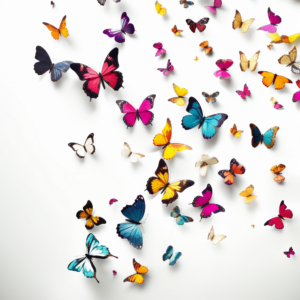Are you ready to transform your garden into a magical oasis teeming with delicate and vibrant butterflies? Imagine stepping into a wonderland filled with fluttering wings and a kaleidoscope of colors. By creating a butterfly-friendly garden, you can not only invite these charming creatures into your yard but also play a vital role in their conservation. In this article, we’ll explore tips and plant suggestions that will help you create an inviting habitat for butterflies, ensuring your garden becomes their favorite destination.
Know Your Butterflies
Before diving into the world of butterfly gardening, it’s essential to familiarize yourself with the species that inhabit your area. Different butterflies have varying preferences for nectar plants and host plants, which are vital for their lifecycle. Conduct a bit of research or reach out to local experts to identify the types of butterflies in your region.
This knowledge will guide your plant selections and help you cater to their needs more effectively. A great place to start is your local plant nursery, they may even have a list of the species that live in your area.
A great website that I use t help me identify butterflies is the butterfly-conservation.org
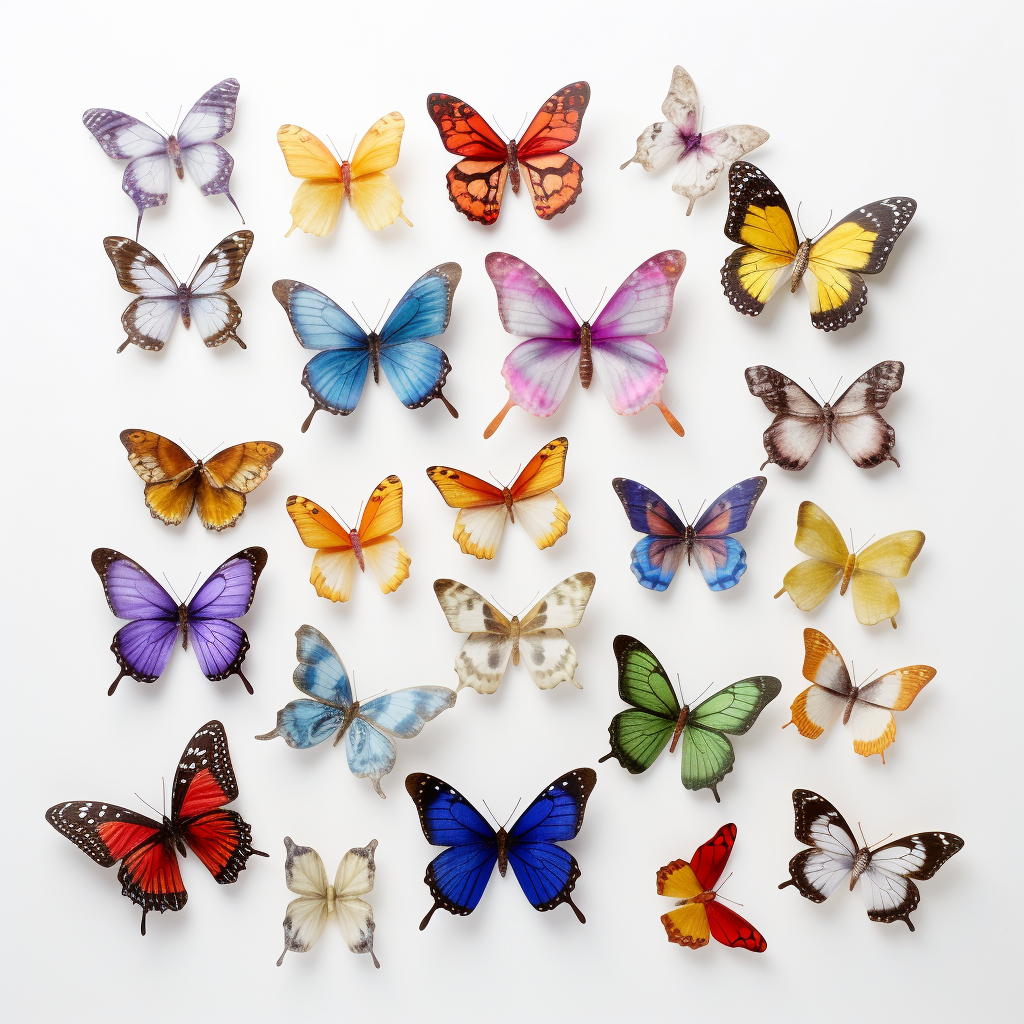
Nectar Producing Plants: A Feast for Butterflies
Nectar-rich flowers are like all-you-can-eat buffets for butterflies. By incorporating a variety of these plants into your garden, you’ll attract a wide range of species. Opt for flowers that produce abundant nectar and have a long blooming period. Some popular choices include:
Butterfly Bush (Buddleja): This shrub is a classic favorite among butterflies, and its vibrant blooms make a striking addition to any garden.
Coneflowers (Echinacea): These hardy perennials not only offer a feast for butterflies but also add a pop of color with their daisy-like flowers.
Lantana: With its clusters of small, tubular flowers, lantana acts as a magnet for butterflies, attracting them with its sweet nectar. If you are in Australia, just consider that this plant, in the Eastern states, is a pest.
Milkweed (Asclepias): Milkweed is not only a nectar plant but also a host plant for monarch butterflies. By planting milkweed, you provide a vital resource for monarch caterpillars.
Remember to select a mix of flowering plants that bloom at different times throughout the year to provide a continuous food source for butterflies.
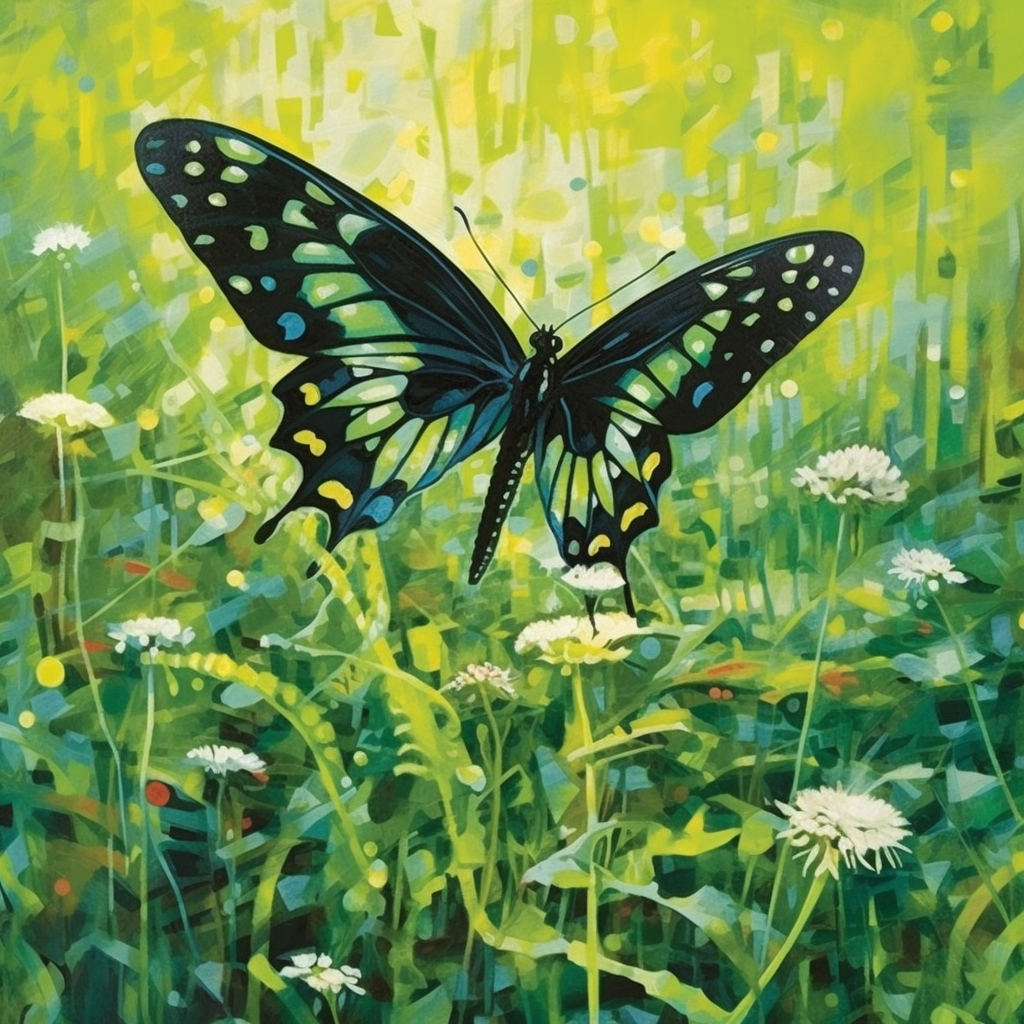
Nursery Plants for Caterpillars
Butterflies lay their eggs on specific plants known as host plants. These plants serve as nurseries for caterpillars, providing them with food and shelter. Including host plants in your garden will encourage butterflies to stay and complete their life cycle. Some popular host plants for common butterfly species include:
Milkweed (Asclepias): Monarch butterflies exclusively lay their eggs on milkweed plants. By planting milkweed, you contribute to the survival of this iconic species.
Parsley, Dill, and Fennel: These herbs are favorites among swallowtail butterflies. Planting them will attract these graceful insects to your garden.
Passionflower (Passiflora): Passionflower vines are host plants for various butterfly species, including the Gulf Fritillary and Zebra Longwing.
Ensure that you have a mix of nectar plants and host plants to support the entire life cycle of butterflies in your garden.
Water Sources and Sunbathing Spots
Butterflies require more than just food. They also need sources of water and sunbathing spots to complete their daily routines. Create shallow puddles or place a birdbath with a few flat stones to serve as water sources. Butterflies love basking in the sun, so provide them with open areas where they can soak up the warmth and dry their wings.
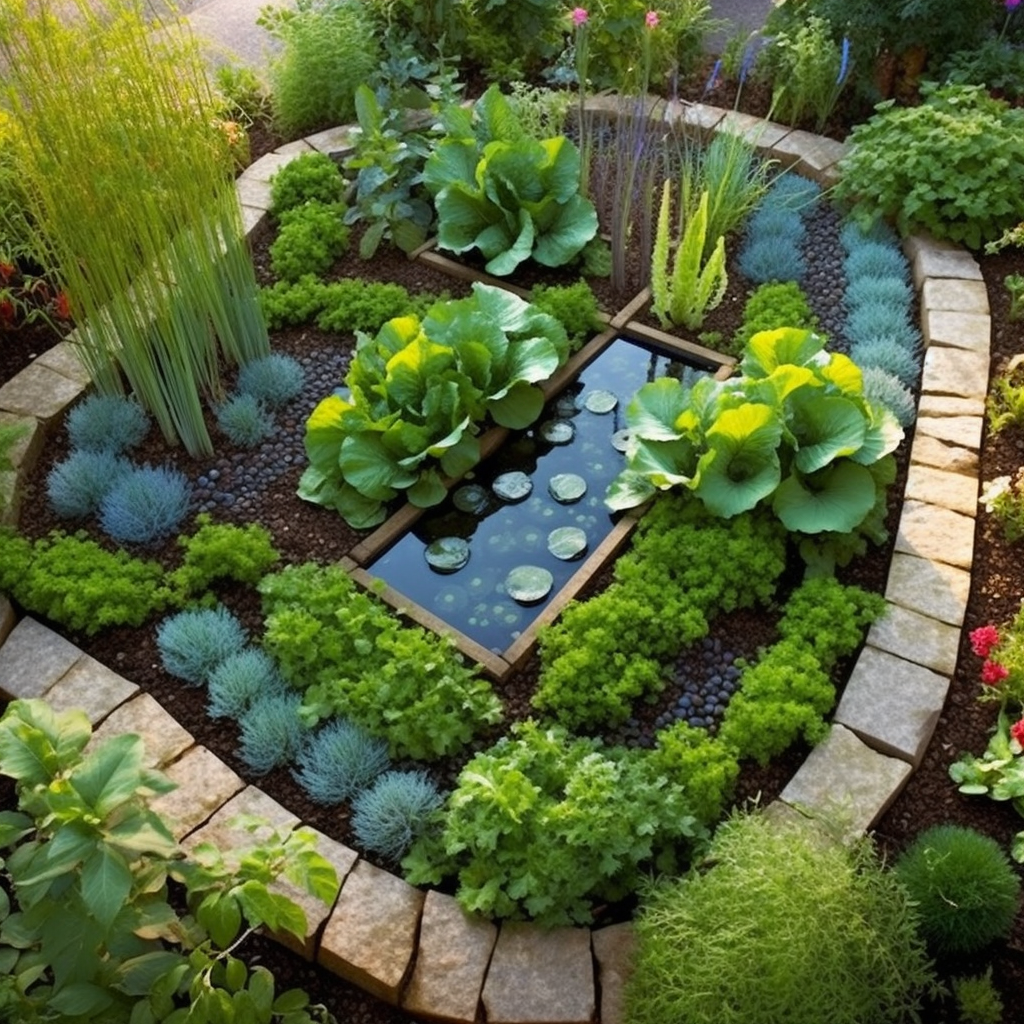
Avoid Chemical Pesticides
To maintain a truly butterfly-friendly garden, it’s important to avoid using chemical pesticides. These substances can be harmful to butterflies and other beneficial insects. Embrace natural pest control methods, such as companion planting, which involves strategically placing insect-repellent plants near vulnerable ones, to deter pests without harming butterflies. Additionally, attracting natural predators like ladybugs and lacewings can help keep pest populations in check.
Provide Shelter and Protection
Creating a butterfly-friendly garden goes beyond just offering food and water. Providing shelter and protection is equally important. Incorporate plants with dense foliage, such as shrubs or ornamental grasses, to create safe resting places and potential hiding spots for butterflies. Consider adding a few flat rocks or a butterfly house where butterflies can take shelter during harsh weather conditions.
Create Varied Heights and Structures
Butterflies are attracted to gardens with diverse heights and structures. Plant tall flowers and shrubs at the back of your garden beds, gradually transitioning to medium-height plants and then shorter ones toward the front. This layering effect not only adds visual interest but also provides butterflies with different perching and feeding opportunities at various heights.
Additionally, consider incorporating structures like trellises, arbors, or fences draped with flowering vines. These vertical elements act as butterfly highways, guiding them through your garden and providing additional surfaces for basking or resting. Climbing wisteria always looks wonderful and attracts butterflies.
Embrace Color and Fragrance to Attract Butterflies
Butterflies are naturally drawn to vibrant colors and enticing fragrances. Create a mix of flowers in different hues such as red, orange, yellow, and purple, as these colors are known to attract butterflies. Some fragrant flowers like lavender, sweet alyssum, and jasmine can also act as powerful magnets, enticing butterflies from afar.
Create a Year-Round Haven
Extend the butterfly season in your garden by including plants that bloom at different times throughout the year. Aim for a diverse selection of early spring, summer, and fall-blooming flowers to ensure a continuous food source for butterflies. By providing nectar during different seasons, you’ll attract and support a wide variety of butterfly species throughout the year.
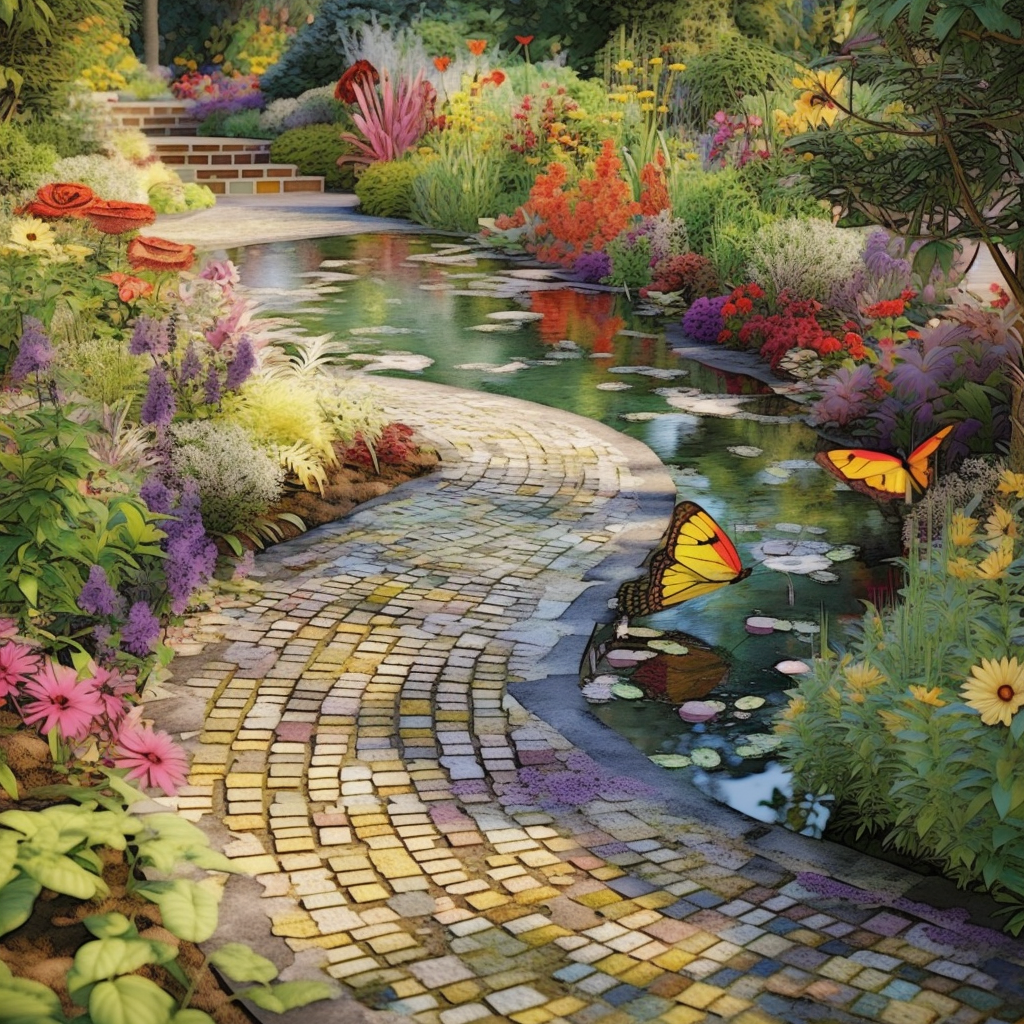
Document and Observe
Lastly, don’t forget to sit back, relax, and enjoy the beauty of butterflies that arrive in your garden. Keep a journal or take photographs to document the different species you encounter. Observing their behavior and life cycle will not only deepen your appreciation but also help you understand their preferences and make necessary adjustments to further enhance your butterfly-friendly garden.
Creating a butterfly-friendly garden is a rewarding experience. By incorporating nectar plants, host/nursery plants, and other butterfly-friendly garden features, you can transform your garden, no matter how big or small, into a haven for these enchanting creatures.
Remember to provide the perfect food, water sources, interesting shelters, and good protection while avoiding nasty chemical pesticides. With a little planning and care, your garden will become a vibrant sanctuary, attracting a myriad of colorful visitors and playing a crucial role in conserving these delicate pollinators. So, roll up your sleeves, dig in the dirt, and embark on a journey to create a butterfly paradise that will inspire awe and wonder for years to come.
